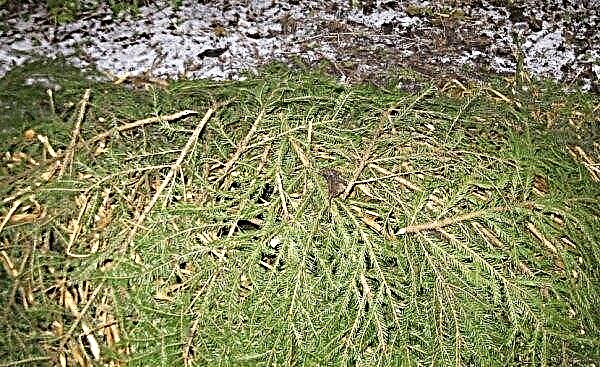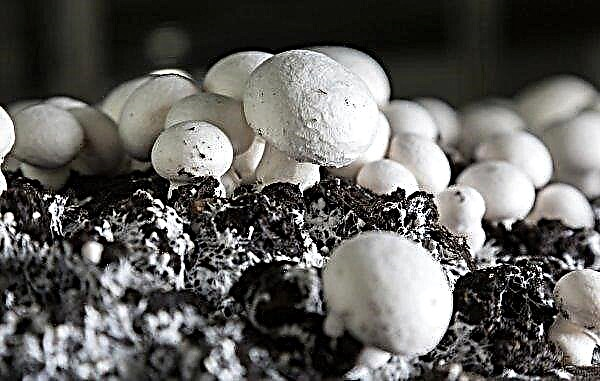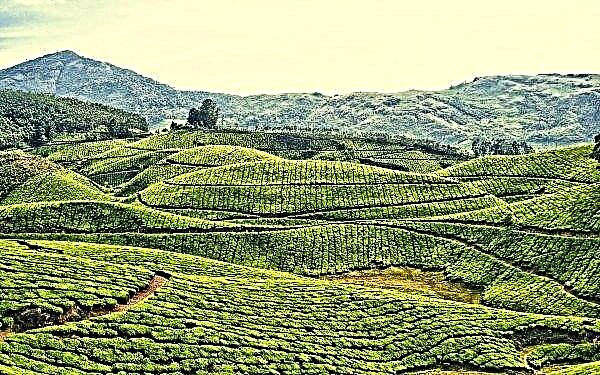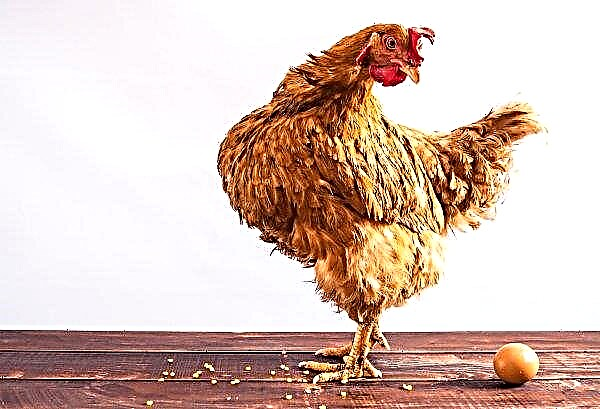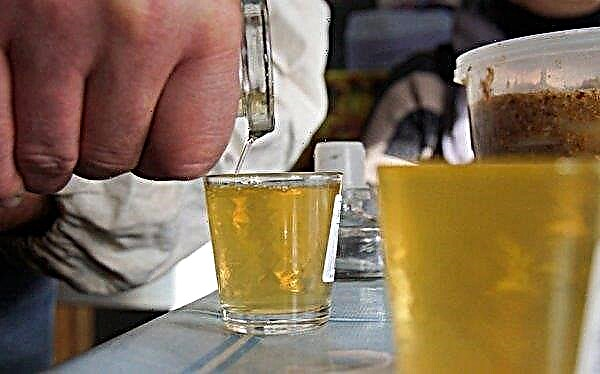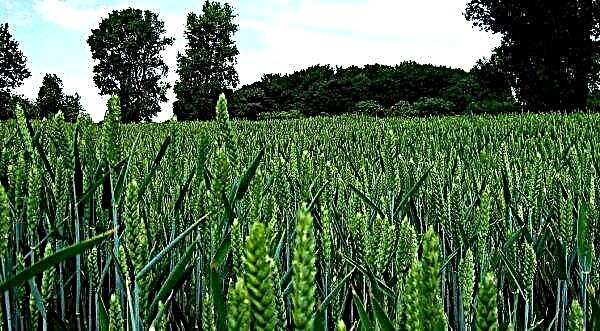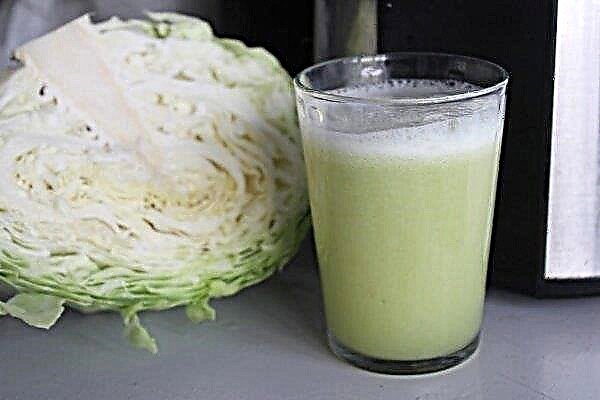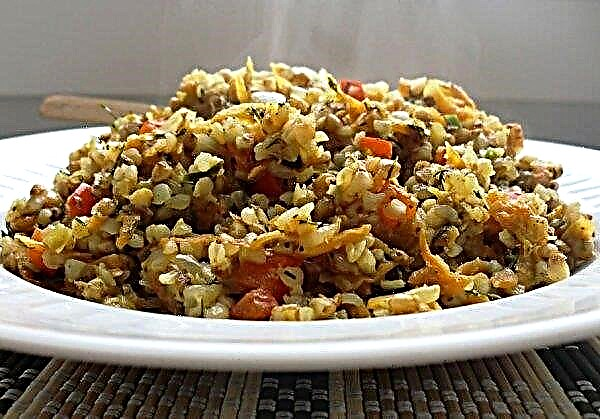From approximately 2.67 million hectares, the area of cultivated renewable raw materials in Germany decreased slightly in 2019 compared to 2018.
The main reason for this is the reduction in rapeseed for biodiesel. Farmers sowed less of this crop due to dry weather in the fall of 2018.
In general, the cultivation of Navaro remains on 22% of arable land, but is an important support for farmers. Together with the forest owners, they provide biomass, the most important renewable energy source in Germany. They also supply raw materials for chemicals and products.
 Rapeseed is the third largest source of vegetable oil. However, he takes the second as a source for protein flour.
Rapeseed is the third largest source of vegetable oil. However, he takes the second as a source for protein flour.
Fachagentur Nachwachsende Rohstoffe e. V. (FNR) annually reviews renewable agricultural production indicators on behalf of the Federal Ministry of Food and Agriculture (BMEL). Its main task is to sponsor the project and support the renewable raw materials financing program for research, development and demonstration of BMEL.
The lion's share of cultivated land again amounted to energy crops for biogas plants with 1.55 million hectares. The share of corn in energy crops for biogas production has slightly decreased, and now it makes up almost two thirds of the total biogas area.

Given the constant demand, ethanol factories needed a little more space due to drought, which increased by almost 25,000 ha. In contrast, the cultivation of rapeseed for biodiesel was markedly reduced to 520,000 ha. Solid fuels from this area, such as miscanthus or fast-growing tree species, almost did not change their cultivation area, as did plants for industrial starch, industrial sugar, building materials, medicinal or fibrous plants.
You will be interested to read:
- Five Scottish farmers, with the help and participation of the Norvite commercial feed mill, have launched a project to grow Britain's first viable organic oilseed rape for the animal feed chain.
- The other day, the Ministry of Agriculture of the Russian Federation shared with the public its plans for the next year in relation to producers of crops such as soybean and rapeseed.
- In the next marketing year, Oil World analysts forecast an increase in the production of rapeseed in the country to 8 million tons (the indicator for the 2018-2019 marketing year is 7.1 million tons, and the average over the past 5 years is 6.3 million tons).

